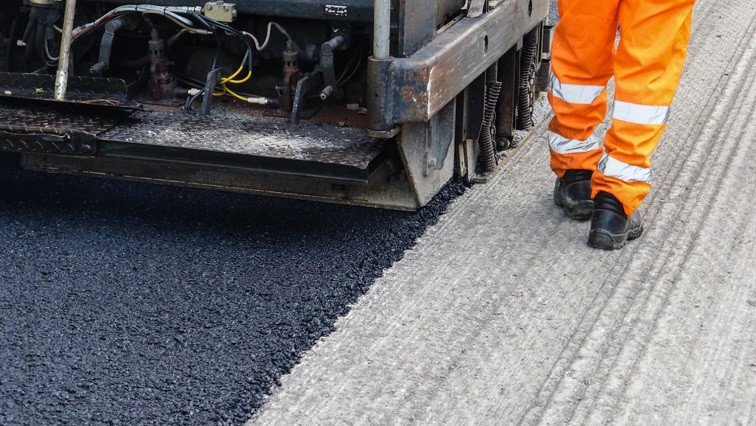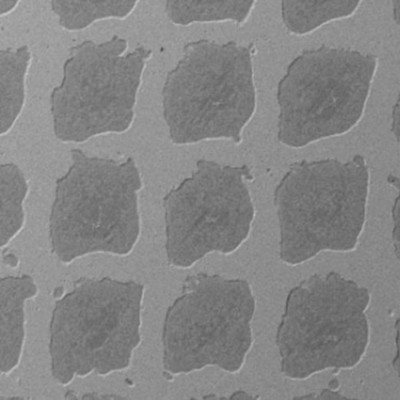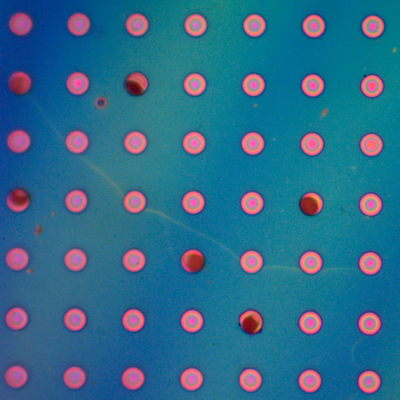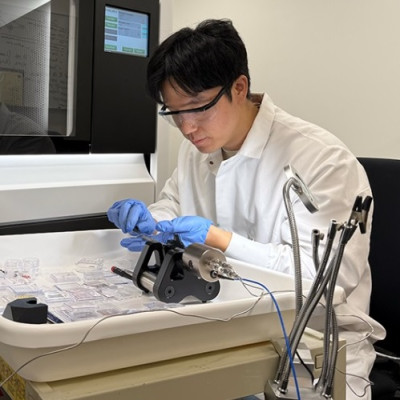Marsh Lane in Oxford, which carries around 10,000 vehicles a day along a key city route, will be used for the trial. Half of a 700-metre stretch of the road will be laid with GiPave, while the rest will be resurfaced using conventional asphalt, so that the two surfaces can be compared accurately.
Oxfordshire County Council is carrying out the trial with its contractor Milestone Infrastructure to develop the use of innovative materials. Marsh Lane will be the second trial of GiPave in Oxfordshire, following a successful pilot scheme in Curbridge in 2019 – the first use of the product in the UK.
Phil Raven, Head of Technical Design for Milestone on the Oxfordshire Contract, said: “This is an important trial to further test the benefits that this innovative material can bring. As we look for new ways to reduce carbon emissions within highways maintenance, developing materials that last longer is an important part of our plan towards net zero. Not only can this lead to longer term carbon reduction, it has the potential to reduce disruption to road users and achieve long-term savings for highway authorities. This trial project demonstrates the benefits of industry collaboration with a highway authority that is committed to trialing new innovations.”
GiPave, which has been developed by Iterchimica, also uses waste plastics that would not normally be recycled. Meanwhile the asphalt containing GiPave can itself be entirely recycled – promoting the ‘circular economy,’ which reduces waste and the need for new materials.
Analysis of the previous trial in 2019 at Curbridge reportedly showed GiPave increases the lifespan of the surface by up to 70% compared to conventional resurfacing methods. The risk of rutting under loads from heavy goods vehicles is reduced by increased stiffness in the product.
This Marsh Lane trial is aiming to review how the material compares on part of the network that is carrying more traffic. Initial design calculations estimate Milestone Infrastructure’s use of the GiPave material can deliver at least a 35% increase in durability compared to other high-performance materials.
Read the original article on Graphene Info.







